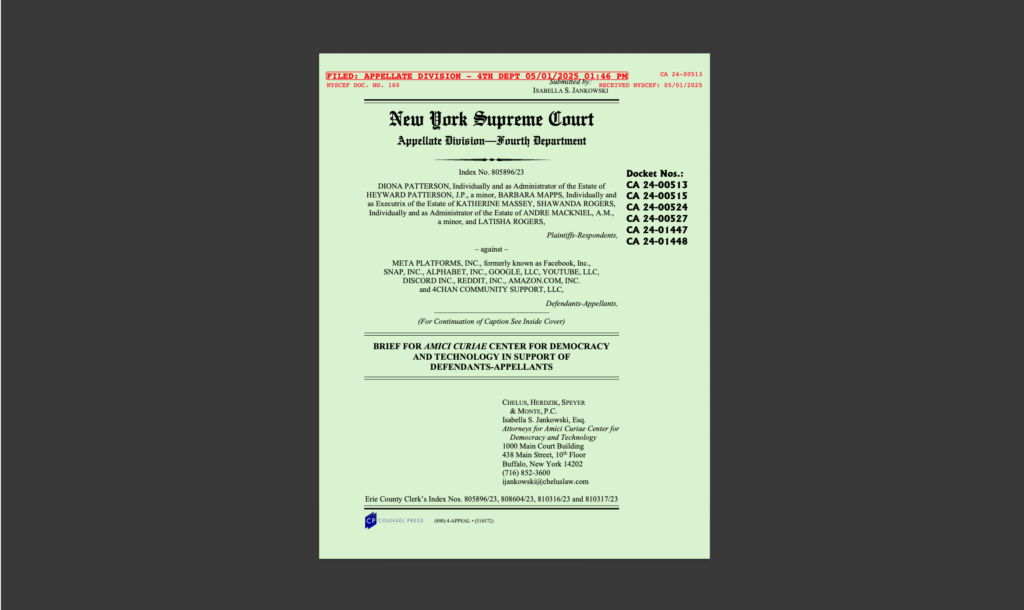Cybersecurity & Standards, Free Expression
Online Censorship Isn’t New – Neither Are Efforts to Evade It
Recently, Americans are seeing broader Internet censorship that has previously been more common in other countries. A brief, partial ban on TikTok’s apps (still inaccessible in centralized app stores) and service (currently available in the US, but in limbo) earlier this month affected over a hundred million American users. Many states have also recently enacted different forms of bans, either of TikTok or of adult content websites like Pornhub.
As federal and state laws come into effect, we should anticipate that Americans will use two tools for censorship circumvention similar to those that have been a lifeline to Internet freedom under authoritarian regimes: proxying and content mirroring. As we’ve seen elsewhere, the technical and legal details of how site bans are implemented in the US may determine which and whether these tools are effective.
Proxying
A Virtual Private Network (VPN) is a tool that allows a user to access the internet via another location — whether down the street or halfway around the world. These systems can stand as a distancing layer between users and the content they want to access, hiding their IP addresses, location and identity. VPNs are commonly used, for example, by people accessing adult content sites from states with bans or age-verification requirements, or by those who want to view video content that is restricted to a certain location for licensing reasons. A VPN can also hide which websites a user visits from their internet service provider (ISP), an important requirement when censors impose penalties on the individuals who visit prohibited content. But the VPN provider itself is able to see which websites are being accessed, so the privacy and security protections of the VPN provider are essential to keep users protected.
A multi-hop or “onion routing” approach goes a step or two beyond a VPN by sending a user’s request for content from an app or website through more than one network or node. By forcing a website or regulator to “peel back” the (often encrypted) layers to find a user’s actual location or identity, onion routing further obscures the source of a request and can keep a user’s identity private from both the destination site and the intermediaries.
Content Mirroring
Content mirroring occurs when a provider copies banned content onto another channel that’s not being blocked.
When governments have banned popular websites like Wikipedia, users (often based in other countries) have taken the initiative to create sites that “mirror” blocked websites but that may still be accessible. For instance, if regulators block versions of the website specific to the languages their citizens use, activists may copy an English-language edition of the site, translate it and host it in an environment that’s still accessible. Governments can and will try to crack down on mirror sites, however, by blocking access when they find them. Although mirroring can be a powerful tool for avoiding censors in some situations, in others (like the TikTok ban) it may not be a practical solution at a large scale.
The concept of mirroring can be extended on a small scale: people may share content they previously accessed, like screenshots or downloads of files, via direct messaging,local networks or social media.
Other techniques — including domain fronting, encrypted DNS, and encrypting server names in large cloud providers — are used to circumvent censorship where the government mandates blocks by network providers, often to block access to content hosted on servers outside the government’s jurisdiction. These are techniques that are typically applied by the platform sharing the content, in coordination with hosting providers or client software. But where laws like the TikTok ban and adult content age verifications/bans apply directly to the US companies doing hosting or app distribution, not those at the network level, those circumvention techniques aren’t likely to be used.


